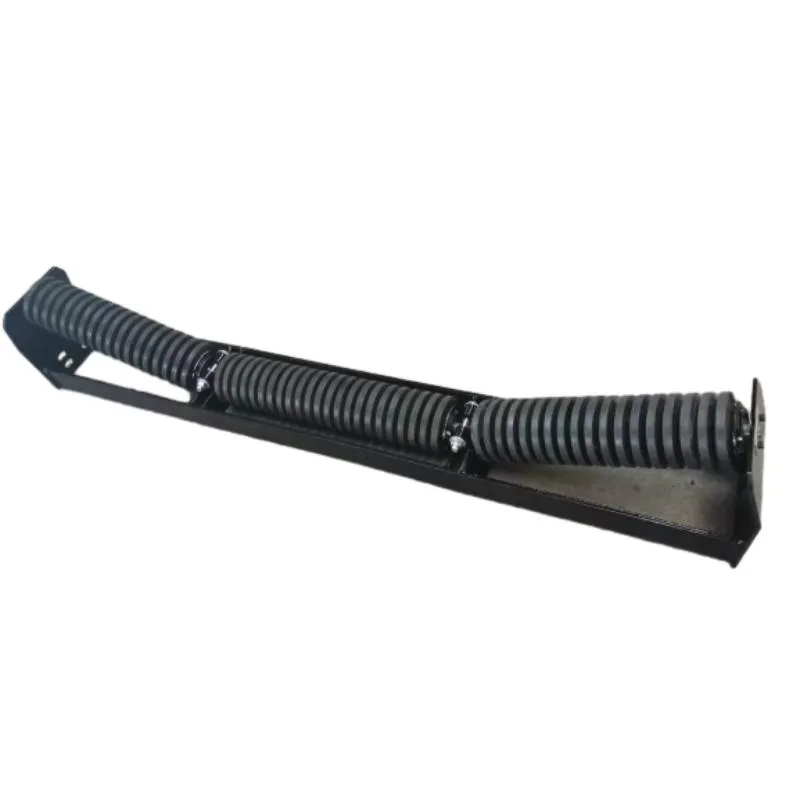 Afrikaans
Afrikaans  Albanian
Albanian  Amharic
Amharic  Arabic
Arabic  Armenian
Armenian  Azerbaijani
Azerbaijani  Basque
Basque  Belarusian
Belarusian  Bengali
Bengali  Bosnian
Bosnian  Bulgarian
Bulgarian  Catalan
Catalan  Cebuano
Cebuano  Corsican
Corsican  Croatian
Croatian  Czech
Czech  Danish
Danish  Dutch
Dutch  English
English  Esperanto
Esperanto  Estonian
Estonian  Finnish
Finnish  French
French  Frisian
Frisian  Galician
Galician  Georgian
Georgian  German
German  Greek
Greek  Gujarati
Gujarati  Haitian Creole
Haitian Creole  hausa
hausa  hawaiian
hawaiian  Hebrew
Hebrew  Hindi
Hindi  Miao
Miao  Hungarian
Hungarian  Icelandic
Icelandic  igbo
igbo  Indonesian
Indonesian  irish
irish  Italian
Italian  Japanese
Japanese  Javanese
Javanese  Kannada
Kannada  kazakh
kazakh  Khmer
Khmer  Rwandese
Rwandese  Korean
Korean  Kurdish
Kurdish  Kyrgyz
Kyrgyz  Lao
Lao  Latin
Latin  Latvian
Latvian  Lithuanian
Lithuanian  Luxembourgish
Luxembourgish  Macedonian
Macedonian  Malgashi
Malgashi  Malay
Malay  Malayalam
Malayalam  Maltese
Maltese  Maori
Maori  Marathi
Marathi  Mongolian
Mongolian  Myanmar
Myanmar  Nepali
Nepali  Norwegian
Norwegian  Norwegian
Norwegian  Occitan
Occitan  Pashto
Pashto  Persian
Persian  Polish
Polish  Portuguese
Portuguese  Punjabi
Punjabi  Romanian
Romanian  Russian
Russian  Samoan
Samoan  Scottish Gaelic
Scottish Gaelic  Serbian
Serbian  Sesotho
Sesotho  Shona
Shona  Sindhi
Sindhi  Sinhala
Sinhala  Slovak
Slovak  Slovenian
Slovenian  Somali
Somali  Spanish
Spanish  Sundanese
Sundanese  Swahili
Swahili  Swedish
Swedish  Tagalog
Tagalog  Tajik
Tajik  Tamil
Tamil  Tatar
Tatar  Telugu
Telugu  Thai
Thai  Turkish
Turkish  Turkmen
Turkmen  Ukrainian
Ukrainian  Urdu
Urdu  Uighur
Uighur  Uzbek
Uzbek  Vietnamese
Vietnamese  Welsh
Welsh  Bantu
Bantu  Yiddish
Yiddish  Yoruba
Yoruba  Zulu
Zulu Optimizing Performance with Impact Idler Roller in Conveyor Systems for Enhanced Efficiency
The Importance of Impact Idler Rollers in Conveyor Systems
In the world of material handling, conveyor systems play a crucial role in optimizing the movement of goods across various industries, from manufacturing to logistics. One of the key components that significantly influence the efficiency and longevity of these systems is the impact idler roller. This often-overlooked part may seem modest in size, but its impact on the overall operation and maintenance of conveyor belts is profound.
Understanding Impact Idler Rollers
Impact idler rollers are specialized rollers installed at the loading points of conveyor systems. Their primary function is to absorb the impact of materials as they are deposited onto the conveyor belt. Without these rollers, the force exerted by bulk materials could lead to a host of problems, including belt damage, misalignment, and increased wear on the conveyor system.
These rollers are designed to handle heavy loads and minimize the shock absorption that occurs when materials hit the conveyor. Typically made of robust materials that can endure harsh conditions, impact idler rollers are equipped with unique features such as a resilient rubber layer that helps to cushion the blow.
The Benefits of Impact Idler Rollers
1. Enhanced Conveyor Life By absorbing the energy from falling materials, impact idler rollers significantly reduce the wear and tear on both the conveyor belt and the supporting structure. This leads to a longer operational lifespan for the entire conveyor system.
2. Reduced Maintenance Costs With less wear on the conveyor components, organizations can expect lower maintenance costs over time. This is particularly beneficial in industries where downtime can lead to substantial financial losses.
impact idler roller

3. Improved Material Handling Impact idler rollers help maintain the alignment of the conveyor belt during operation. Proper alignment is crucial not only for the efficient transport of materials but also for ensuring that the load is distributed evenly across the belt, reducing the risk of premature failure.
4. Noise Reduction The design of impact idler rollers helps in dampening noise generated during the material transfer process. This can lead to a quieter working environment, which is especially important in facilities where noise regulations are in place.
5. Versatility Impact idler rollers come in various sizes and configurations, making them suitable for a broad spectrum of applications. Whether in mining, forestry, or manufacturing, these rollers can be adapted to meet the specific needs of different industries.
Choosing the Right Impact Idler Roller
Selecting the appropriate impact idler roller involves considering several factors. First, the weight and impact characteristics of the materials being transported are critical. Heavier and bulkier materials will require sturdier rollers capable of withstanding high impact forces. Additionally, the operating environment plays a significant role; for instance, if the conveyor system operates in extreme temperatures or environments laden with dust and debris, rollers with specific protective features would be advised.
It's also essential to consider the compatibility of the idler with existing conveyor components. The height, length, and material composition must align with the overall system design to ensure seamless integration and optimal performance.
Conclusion
In conclusion, impact idler rollers are essential components of modern conveyor systems that facilitate efficient material handling while enhancing durability and reducing operational costs. Their ability to absorb impacts not only prolongs the life of the conveyor belt but also minimizes maintenance requirements and enhances performance. As industries continue to evolve and demand greater efficiency and reliability from their material handling systems, investing in high-quality impact idler rollers will undeniably yield significant dividends. Understanding their importance can help organizations make informed decisions about their conveyor systems, ultimately leading to improved operational efficiency and productivity.
-
Revolutionizing Conveyor Reliability with Advanced Rubber Lagging PulleysNewsJul.22,2025
-
Powering Precision and Durability with Expert Manufacturers of Conveyor ComponentsNewsJul.22,2025
-
Optimizing Conveyor Systems with Advanced Conveyor AccessoriesNewsJul.22,2025
-
Maximize Conveyor Efficiency with Quality Conveyor Idler PulleysNewsJul.22,2025
-
Future-Proof Your Conveyor System with High-Performance Polyurethane RollerNewsJul.22,2025
-
Driving Efficiency Forward with Quality Idlers and RollersNewsJul.22,2025





























